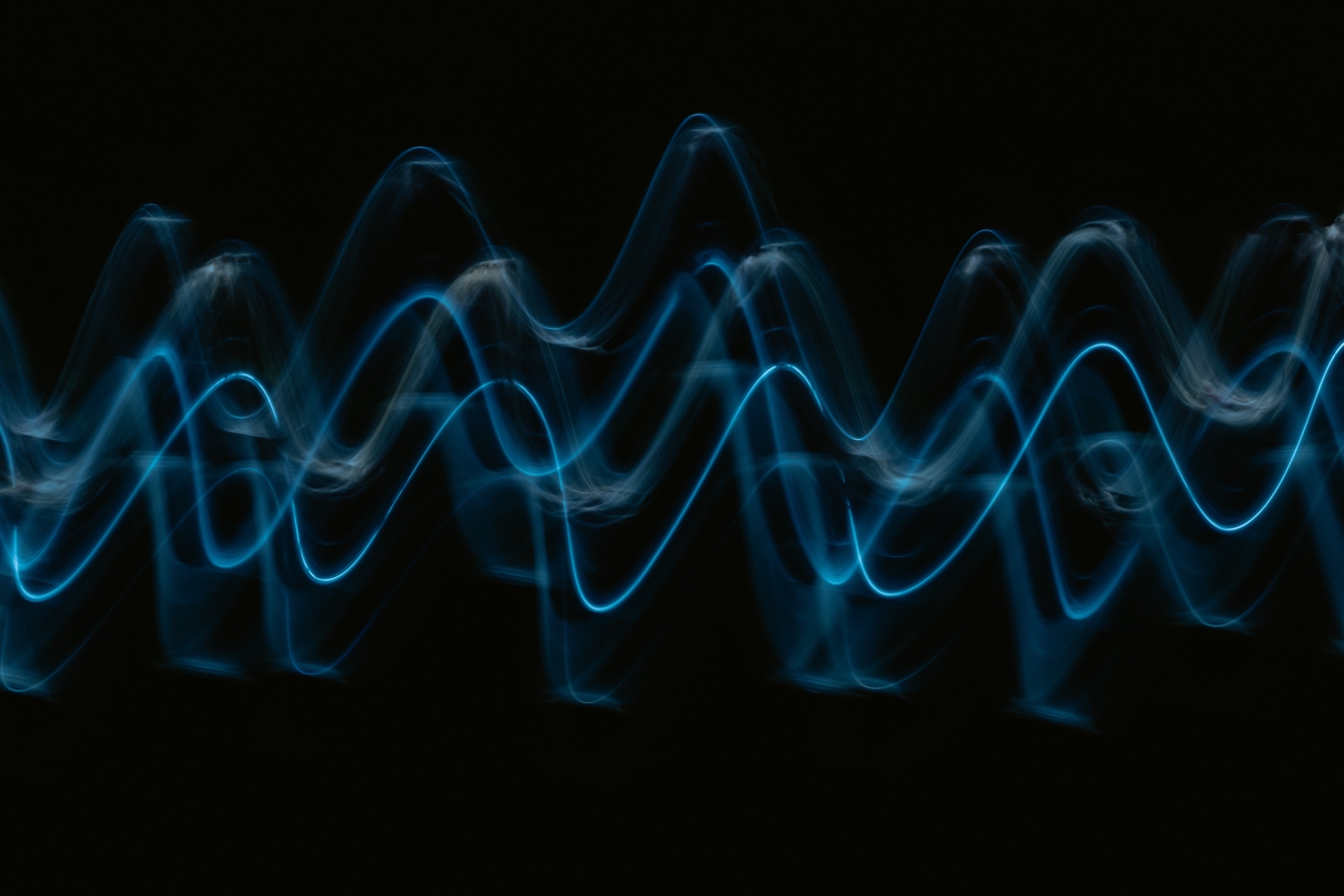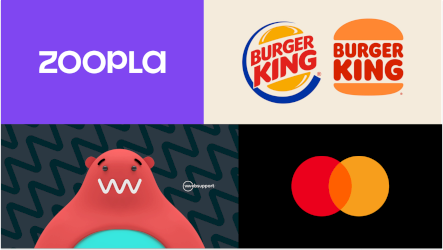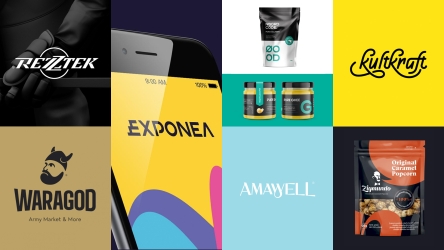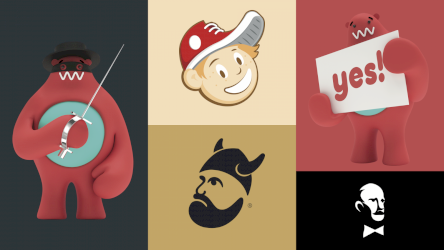Sonic assets are like fluent devices one of the most effective and distinctive brand assets a company can develop. In contrast to its effectiveness, it is an asset that in reality is simply underused or even unexploited. Is it a matter of budget, unawareness, or even ignorance that most of the companies only have visual brand codes?
Probably it is a combination. Let us take a look at a study that has been conducted in 2020 by Ipsos (1). They analyzed over 2000 campaign videos to understand the relationship between effectiveness and presence of different brand assets. The videos were played to the target audience (potential customers) before the official campaign launch. Competing content, including audio, was played in parallel to simulate realistic conditions. Subjects were later asked, using neutral images, to confirm whether they recognized the advertising and, if so, which brand it was.
The distribution/percentage of brand assets used in the campaign videos were evaluated. 91% of the over 2000 videos use the logo as a brand asset, followed by company-specific colors with 69%. ON the other end of the scale are the acoustic assets.
A great example - the Intel legend
In 1994 Walter Werzowa created a very famous jingle that most of us know. In 2020 Intel introduced a new version of the jingle together with the most revamped logo in decades. Btw. the term jingle for branded logos or music originates from the 30ies, but today we know many synonyms for it: Sonic Brand, Sonic Logo, Sonic Cue, Sonic Assets, Sonic Brand Cues, etc.
As we at GoBigname always talk about brand assets, it makes sense to use the term sonic assets which covers all acoustic brand assets of a company (logo + music).
Mark Ritson, brand consultant, and former marketing professor, gives people simple advice when it comes to defining distinctive brand assets: Logo + 3
“So in addition to a logo, brands should think about having a distinctive color, a brand character and a sonic identity – what used to be referred to as a jingle.”(2)
Sonic assets will play a key role as consumers increasingly use devices such as voice assistants and smart speakers. And obviously, there is no visual cue available when using such devices. In collaboration with data from Soundout, Mark Ritson has chosen the top 10 sonic assets in the UK.
The number 1 sonic asset in the UK belongs to Just Eat. Unveiled first in May 2019 it became a very popular TV advert. With the addition of Snoop Dogg in 2020 Just Eat attempts to "tap into a younger, more urban, cooler, independent demographic” according to Susan O’Brien, CMO at Just Eat.
2019
2020
If you’re interested to have more details and want to know more about the evaluation process, feel free to visit the website (2). Here is the full list of the UK top 10 sonic assets:
The luxury solution - sonic assets of Mastercard by AMP
It took Mastercard almost 2 years to create its sonic assets. In 2019 Raja Rajamannar CMO of Mastercard unveiled the new sonic assets.
The sonic identity consists of these different parts.
The sonic logo (check 1:06)
The brand music is an extended version of the sonic logo and can be adapted to different cultures or environments. It will be used as background music in ads, exhibitions, and sponsorships.
Customers interact with the audio acceptance sound on the point-of-sale online or offline (in stores) after a successful transaction.
Mastercard's vision was to incorporate audio as a core part of Mastercard’s brand identity. The goal has been to identify the ‘perfect sound’ for the brand. No matter which format or cultural style the brand voice of Mastercard is conveyed with these sonic assets. They narrowed down the quality of the sonic assets to three: non-intruding, reassuring, pleasant.
Here is an example of how these different parts of the sonic identity are combined within one ad.
The rollout on a global scale did not happen overnight. Mastercard first launched the sonic assets in the US and continued with European countries. If I’m honest, I did not actively experience these assets in Switzerland - or maybe I was just not aware and are living proof that sonic assets are not effective for all human beings ;)
Sonic assets made by GoBigname
We at GoBigname believe sonic assets should not be limited to big corporations. We started offering custom sonic assets for start-ups, scale-ups, and small businesses in 2021 in collaboration with a Slovak producer. One of our first projects was for the international Valasaha Group.
The scope of the project was a sound logo and brand music that can not only be used in videos or podcasts, but also in presentations or at tradeshows.
Conclusion
We humans always have the tendency to focus too much on certain things and forget others. The best brands, however, combine the different senses we have and make it a multi-dimensional brand experience.
The Sound - The Look - The Feel - The Smell - The Taste
Embrace the potential of all other sensory cues that can be used as distinctive assets. To phrase it differently: Do you only have distinctive brand assets that are visual? Maybe it’s time to focus on the remaining 80% of our senses. Or do you have a very good reason not to?
Sources:
- Ipsos - Creative Excellence Video Ad meta-analysis, 2’015 USA cases
- MarketingWeek - Ritson on the UK Top 10 brands




